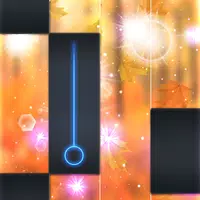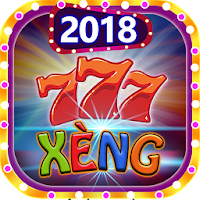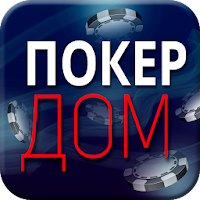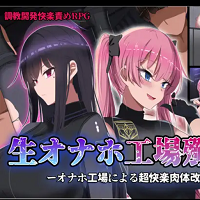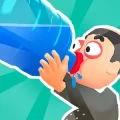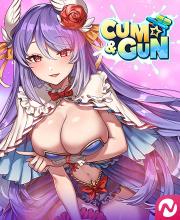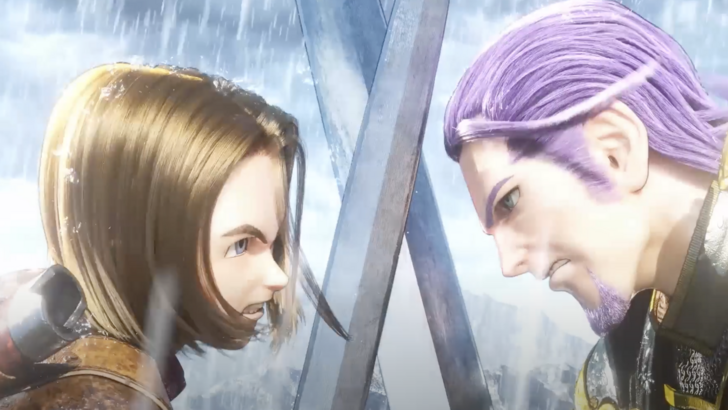In 2015, the French studio Don't Nod set a new benchmark for interactive dramas with Life is Strange, an enthralling adventure that celebrates the beauty of everyday moments, the power of unbreakable friendships, and the relentless march of time. Players were captivated by its meticulous attention to detail and the opportunity to explore and influence the world around them. While subsequent projects saw the studio experimenting with different genres, none quite recaptured the magic that Life is Strange brought to fans.
Years later, Don't Nod returns to its storytelling roots with Lost Records, a game that transcends interactive cinema to become an ode to a bygone era and the essence of carefree youth. With its nostalgic atmosphere, vibrant characters, and unpredictable choices, Lost Records captivates players, reigniting the spark that fans have longed for.
Table of Content ---
- Friends Reunite to Uncover Secrets from the Past After 27 Years
- Choices Still Impact Surroundings, Dialogues, and Relationships
- Bloom & Rage Creates Beautifully Imperfect Characters
- A Town Worth Dreaming About
- Slow-Paced Plot: The Defining Feature of the Story
Friends Reunite to Uncover Secrets from the Past After 27 Years
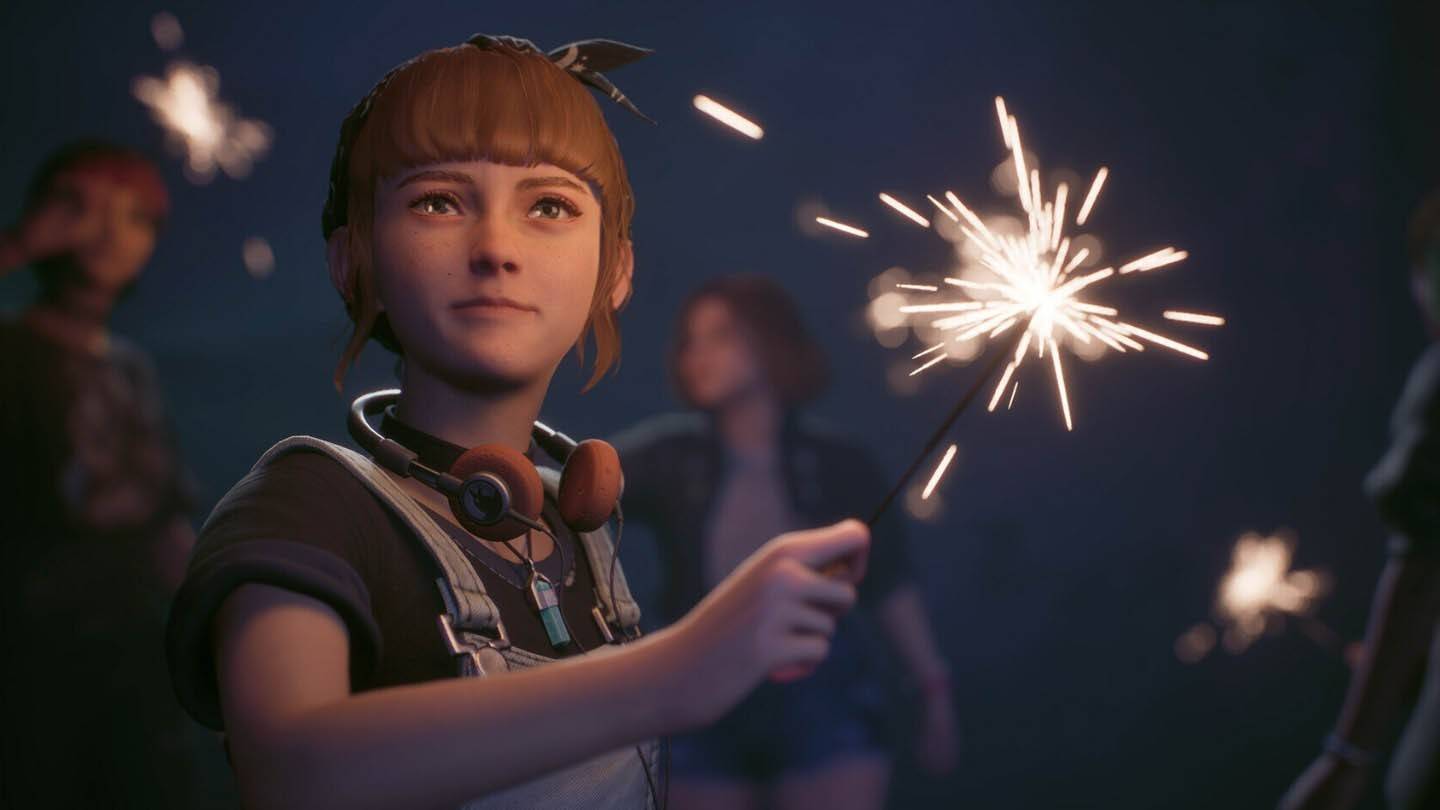 Image: ensigame.com
Image: ensigame.com
At the core of Lost Records is the story of four women whose friendship was severed 27 years ago. The protagonist, Swan Holloway, returns to her hometown of Velvet Bay for a reunion with her old friends, only to find a mysterious package from their past awaiting them. The narrative takes players through a forest and an abandoned house, unveiling secrets that were meant to stay buried—rekindling forgotten memories in a summer night's dream.
The story unfolds across two timelines: 1995, a time of greener grass and brighter sun, and 2022, where the heroines, now in their forties, awkwardly sit in a bar, avoiding the painful incident that tore them apart. The game cleverly switches to first-person mode to highlight the contrast between these periods.
Most of the gameplay occurs in the past, where players explore breathtaking locations, foster relationships, and capture moments with a vintage HVS camera. Video recording is central to the experience; like Max in Life is Strange, Swan documents everything from graffiti to paranormal traces.
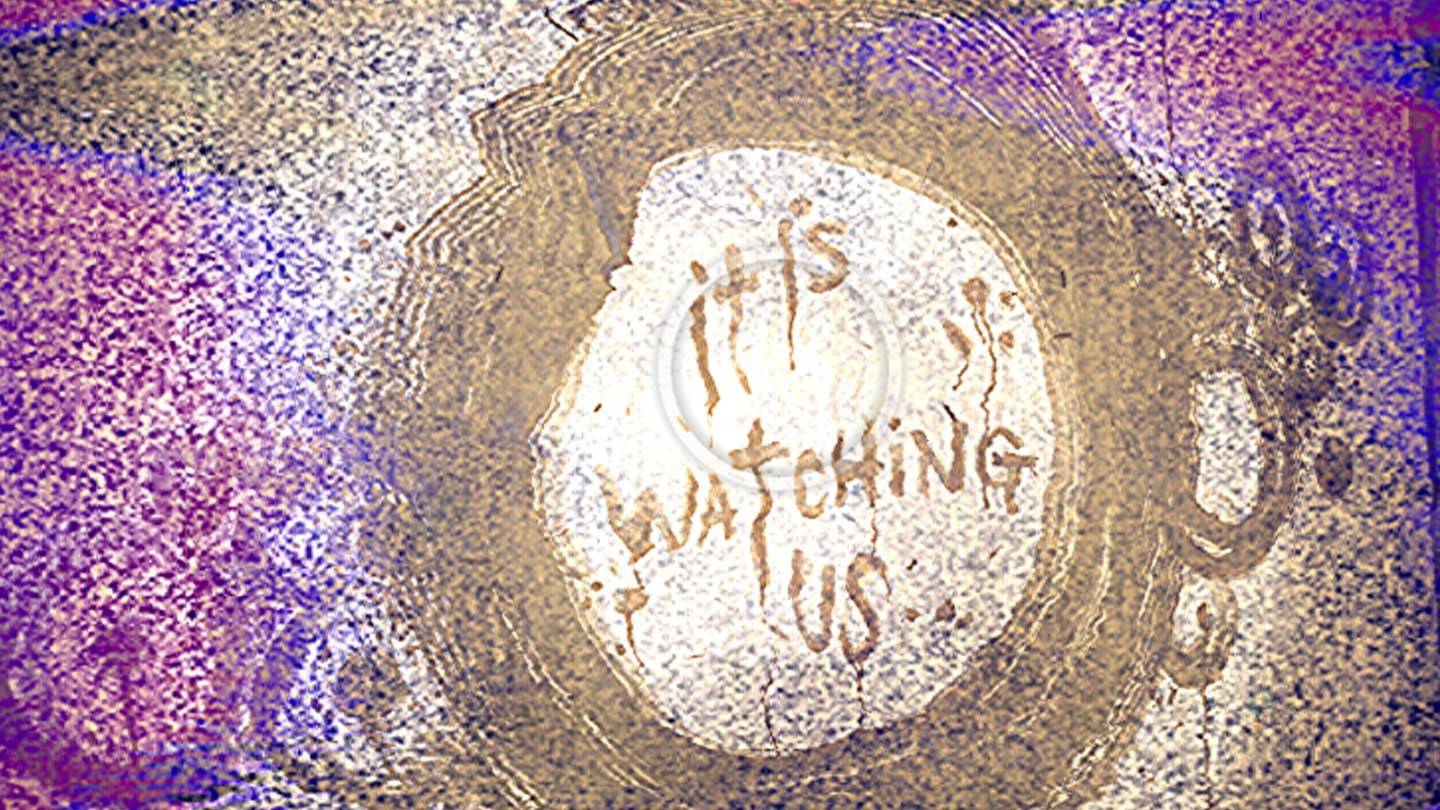 Image: ensigame.com
Image: ensigame.com
In a dedicated menu, players can edit their collected footage into short films, categorized by themes, with Swan providing commentary on the results. While some documentaries feature in the storyline, they do not directly impact the plot.
Decisions made in the game significantly influence the narrative, with both immediate and long-term consequences. The episodic nature of the game means that long-lasting impacts may be fewer, yet this is a key aspect of its storytelling.
Choices Still Impact Surroundings, Dialogues, and Relationships
Lost Records shines with its interactivity and attention to detail, hallmarks of Don't Nod's projects. For example, when Swan expresses a desire for ice cream from a nearby truck, players can choose to fulfill her wish or continue with other tasks. Delaying can lead to the truck closing, altering subsequent interactions with new characters.
 Image: ensigame.com
Image: ensigame.com
The world of Lost Records is dynamic, enhancing its appeal. Dialogues occur in real-time, reminiscent of Oxenfree and Telltale games, where characters interrupt each other, shift topics, and even use silence as a response. Sometimes, saying nothing can be more impactful than revealing a secret prematurely.
The game also offers freedom in building relationships. It's not necessary to seek everyone's approval; if a character doesn't appeal, players can simply choose to ignore them. Swan's shy nature allows for a gradual opening up, giving players control over her interactions.
Bloom & Rage Creates Beautifully Imperfect Characters
 Image: ensigame.com
Image: ensigame.com
Don't Nod has a knack for crafting authentic characters—vibrant, occasionally clumsy in their youthful idealism, yet genuinely sincere. While I once felt the main cast of Life is Strange: Double Exposure lacked depth, Lost Records proves that Don't Nod excels in character development.
Swan, a typical 16-year-old grappling with self-doubt and hiding behind her camera, may seem reminiscent of Max Caulfield, but she is distinctly her own person. Her friends—Ottem, Kate, and Nora—fit into familiar archetypes but transcend them. Nora, with her punk aesthetic and American dreams, surprises with her cautious nature, while Kate, the passionate writer, encourages Swan to seize the moment. Ottem values thoughtful and serious individuals.
In their company, players will relive the feeling of teenage invincibility, regardless of their actual age. Lost Records is a time-traveling journey back to youth and the heart of the '90s.
A Town Worth Dreaming About
Nostalgia permeates Lost Records, particularly evident in Swan's room, a treasure trove of '90s artifacts: bulky TVs, tapes, floppy disks, tamagotchis, Rubik's cubes, and troll dolls. Every detail invites exploration and evokes a mix of admiration and longing for the past.
Easter eggs abound, referencing pop culture icons like Sabrina, The X-Files, Tank Girl, The Goonies, Twilight, Casper, and Revenge of the Nerds, along with video games like Oxenfree, Night in the Woods, Control, and, of course, Life is Strange. The plot's setup even nods to Stephen King's It.
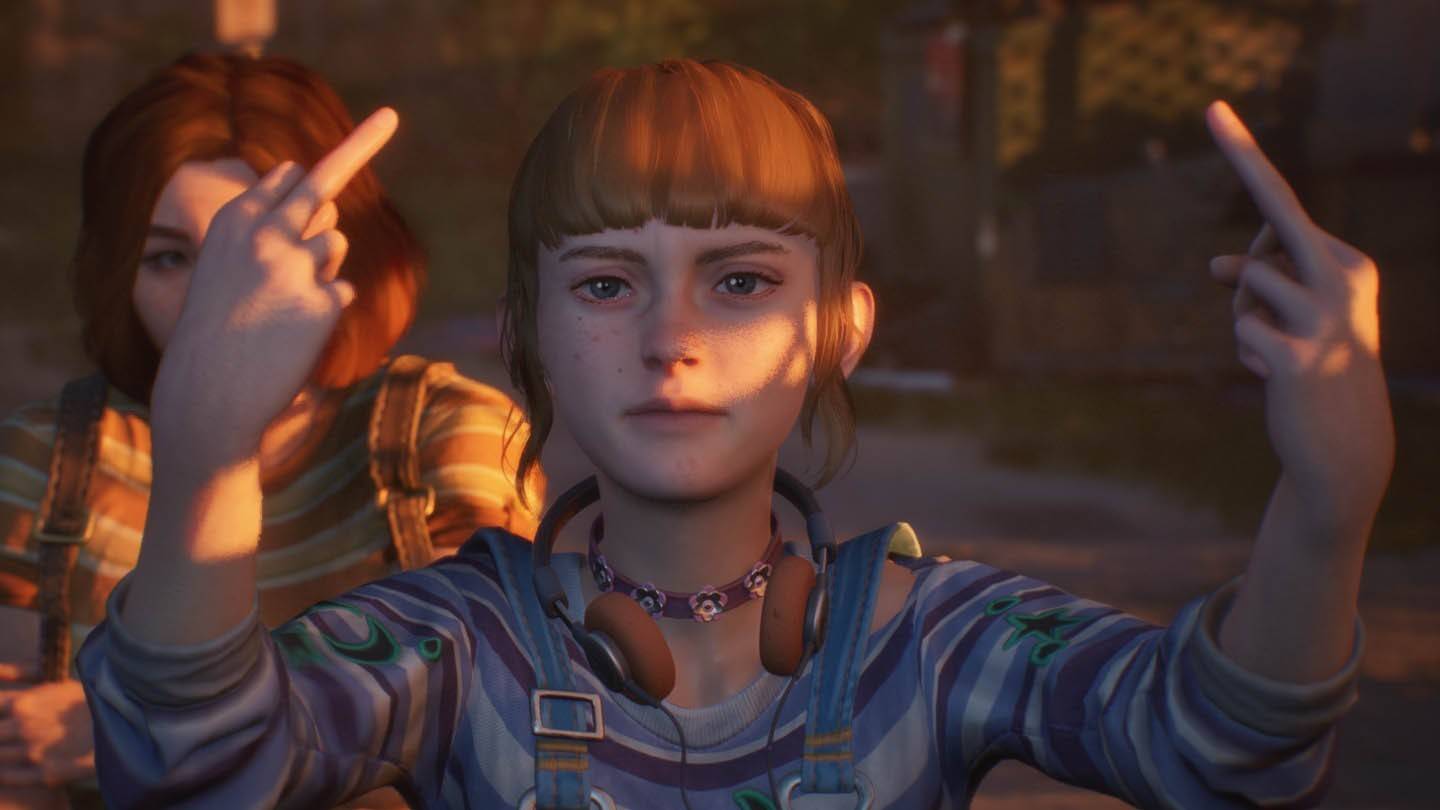 Image: ensigame.com
Image: ensigame.com
The soundtrack, featuring dream-pop and indie-rock tunes, is particularly noteworthy. Tracks like "See You in Hell" and "The Wild Unknown" are memorable and enhance the game's atmosphere, transforming Velvet Bay into an idyllic American town that feels cozy by day and chilling by night.
Slow-Paced Plot: The Defining Feature of the Story
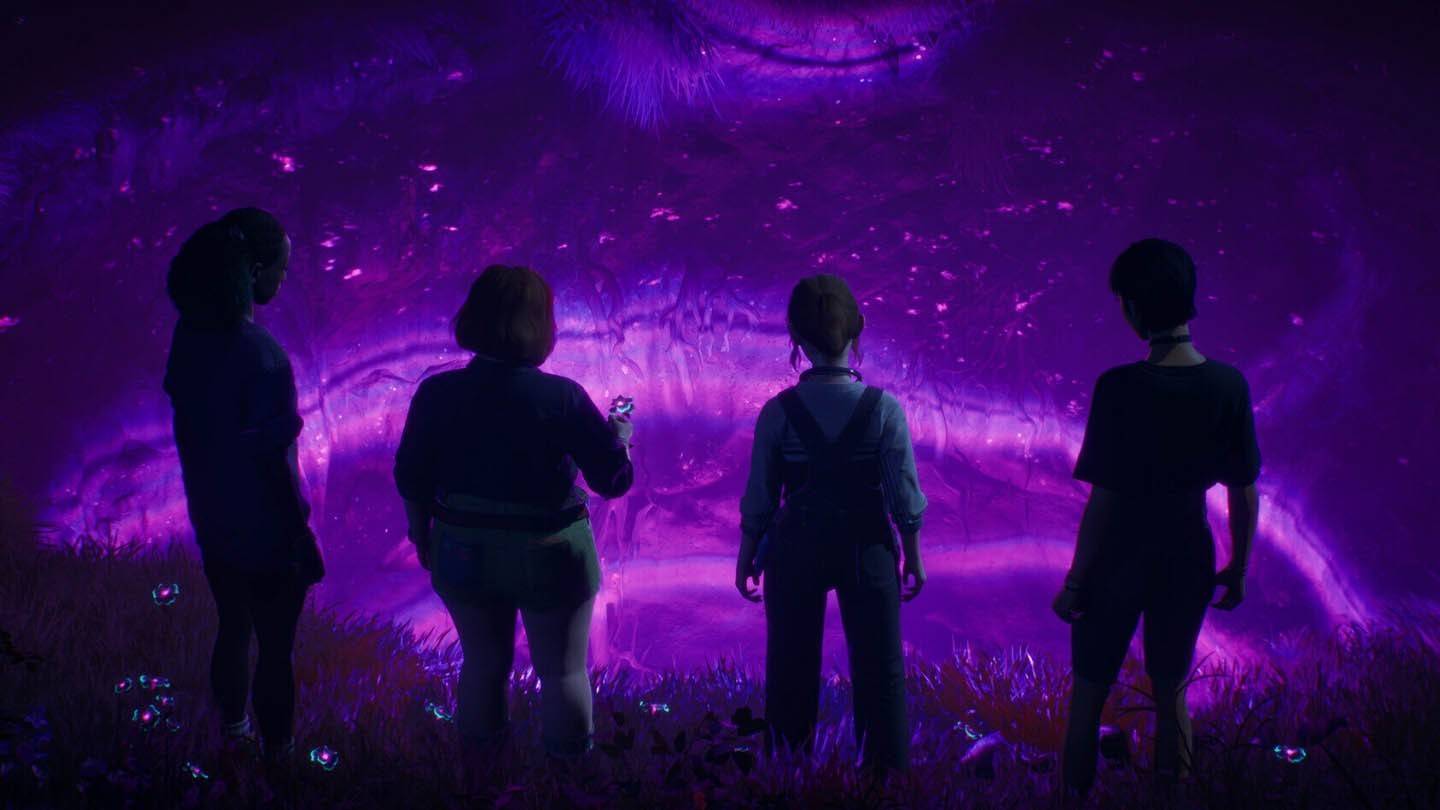 Image: ensigame.com
Image: ensigame.com
The narrative unfolds at a leisurely pace, allowing players to deeply connect with the characters and immerse themselves in the '90s ambiance before diving into the mystery. While this slow buildup may not appeal to all, it sets Lost Records apart from Life is Strange, where the transition to detective work is quicker.
The second half of the first episode, referred to as a "reel," escalates the tension, culminating in a cliffhanger that promises more excitement in the next installment. This leaves players eager to speculate and theorize about the unfolding story.
Lost Records: Bloom & Rage transports players to the '90s, even if they never experienced them. It's a cinematic experience that knows its audience and delivers all the essential elements of a successful interactive drama: relatable characters, engaging interactions, and the potential for a compelling narrative. The full impact of the story will be revealed with the release of the second part on April 15th. With anticipation, I look forward to seeing if Don't Nod can once again weave their storytelling magic.
 Home
Home  Navigation
Navigation






 Latest Articles
Latest Articles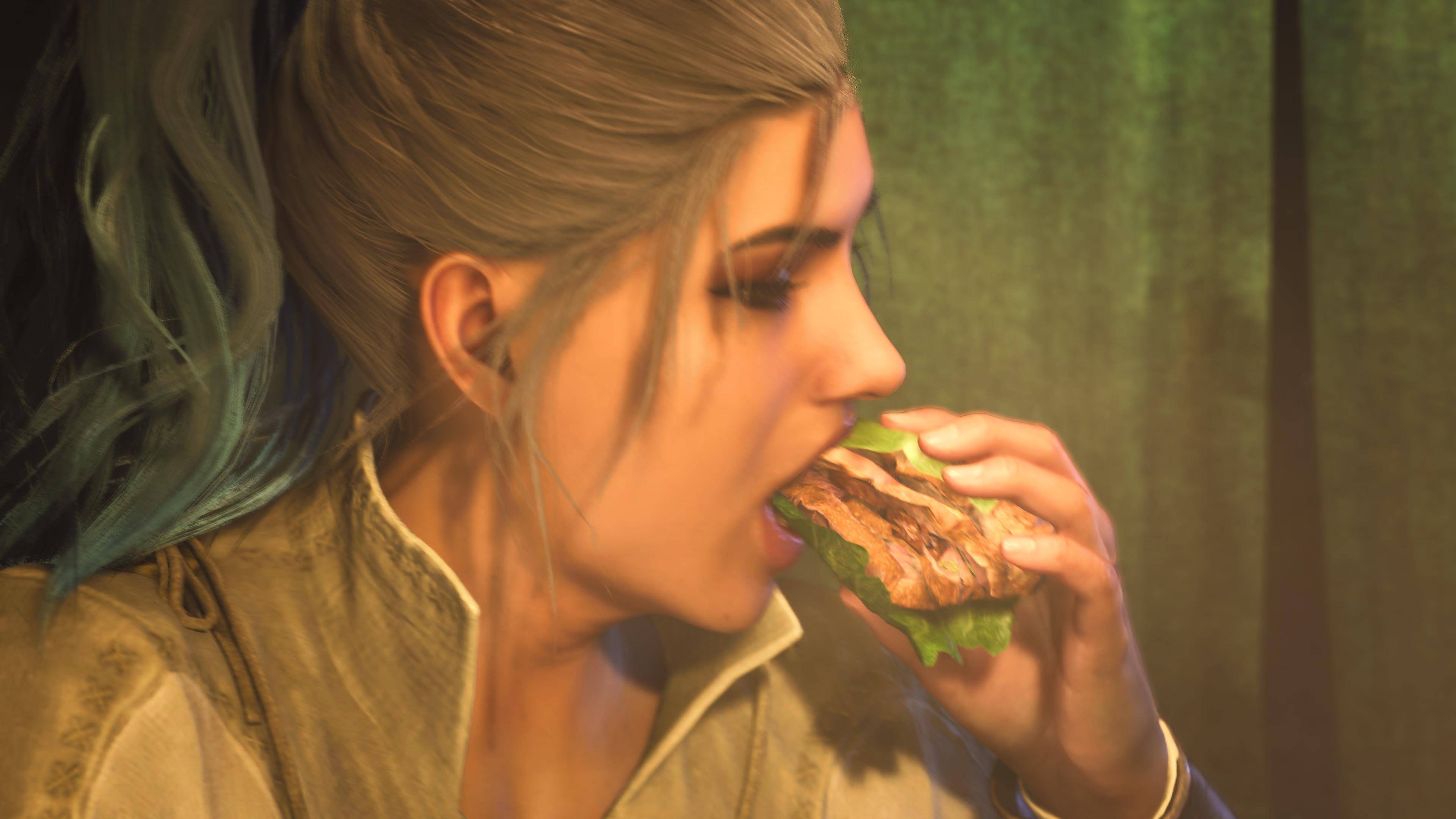
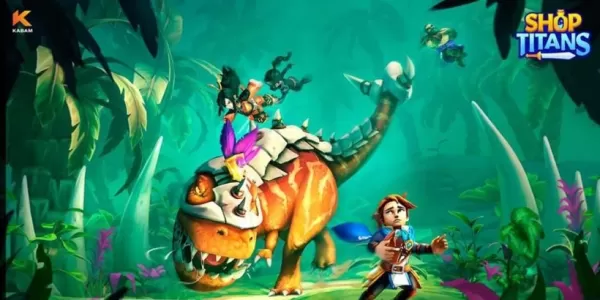
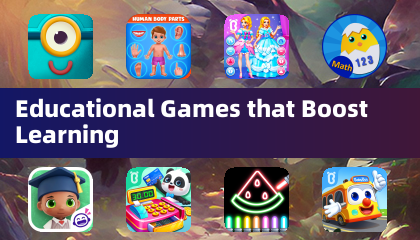
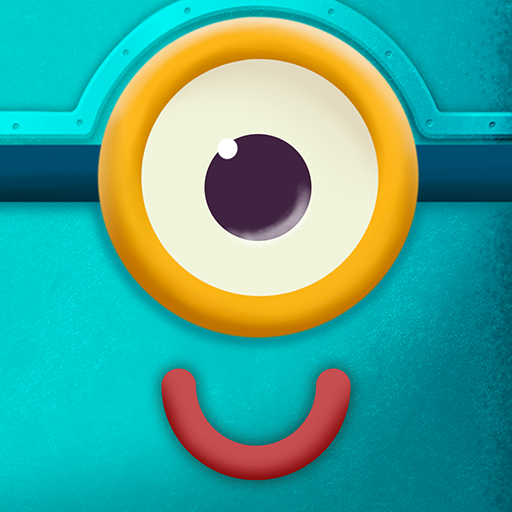
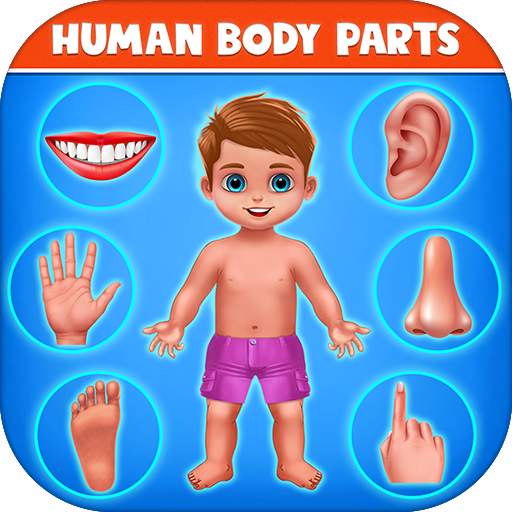

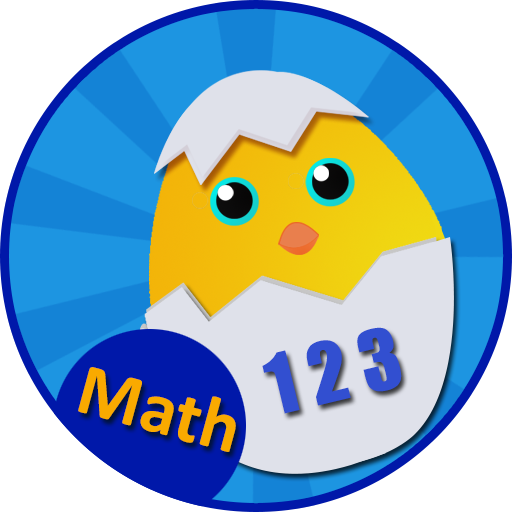



 Latest Games
Latest Games

